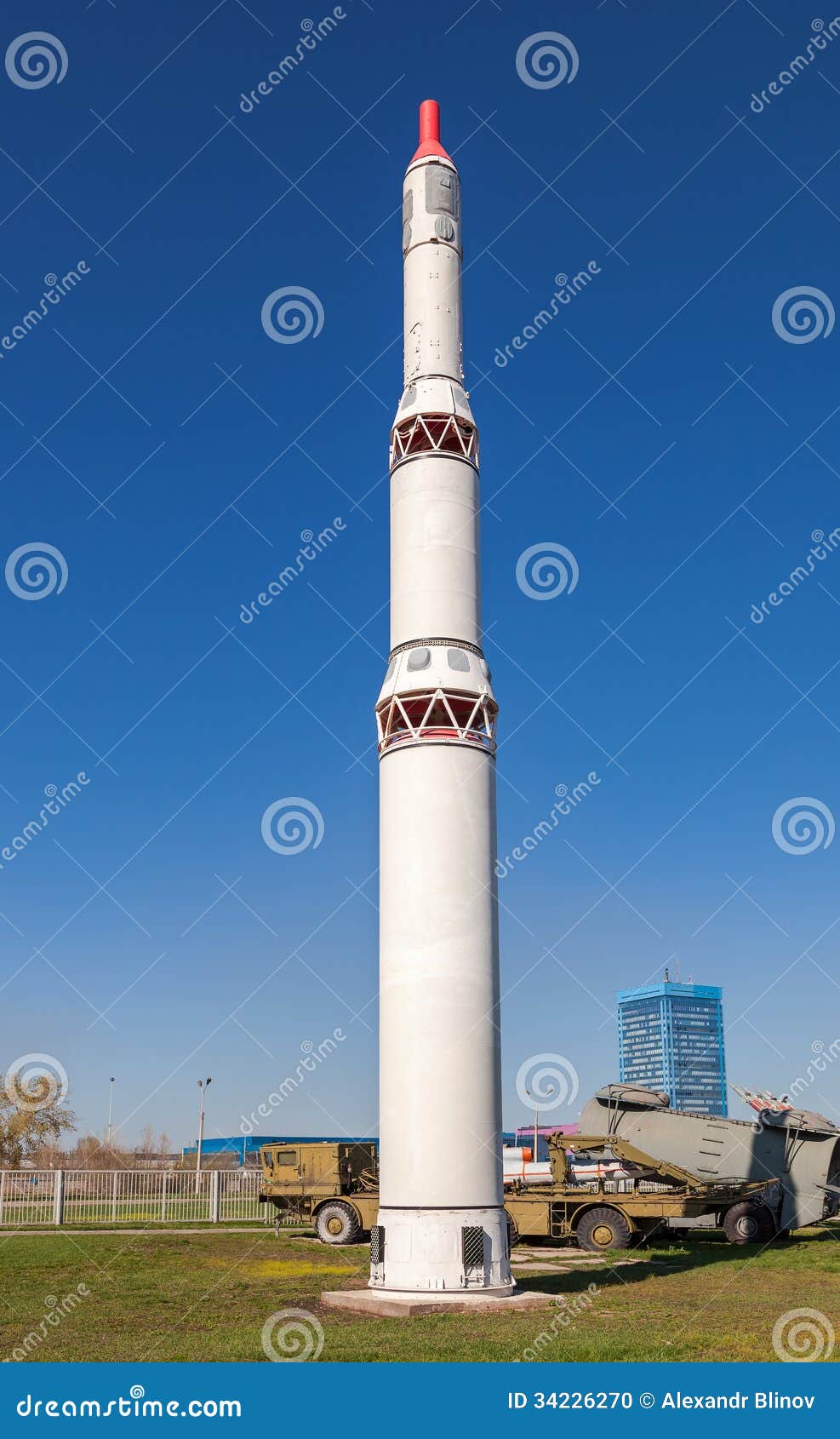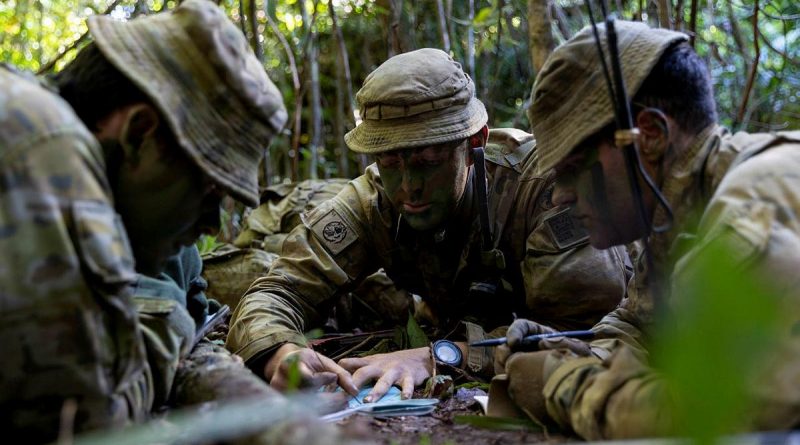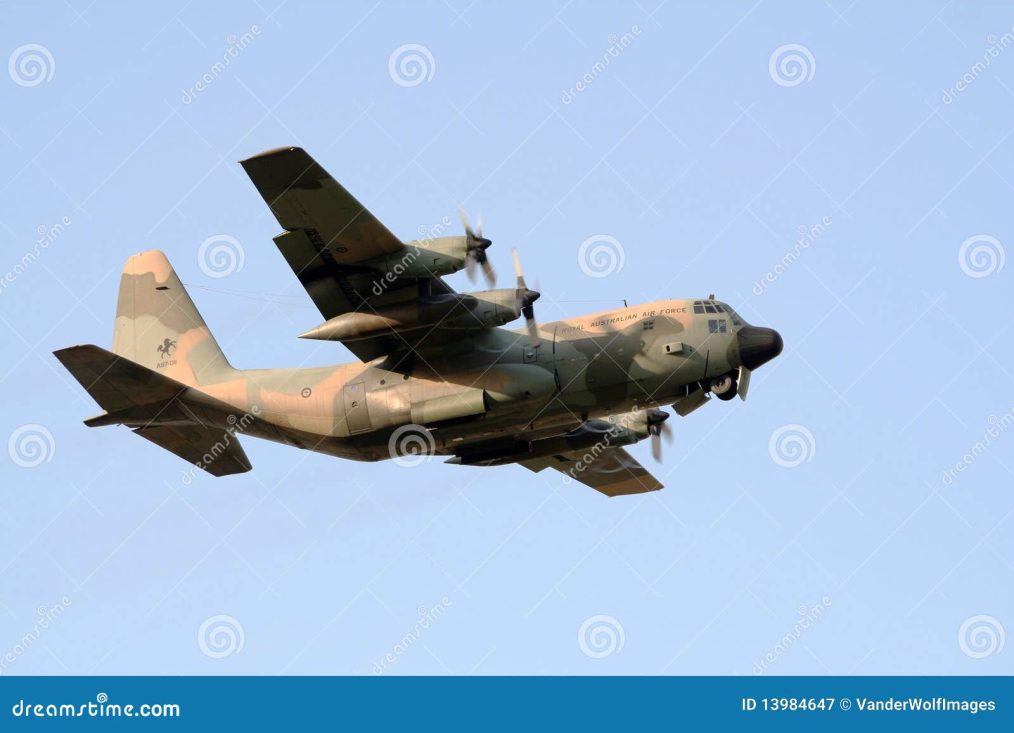Today I have a movie for you it run for 1hr 40 mins … if you had an m16 fail to fire you will understand why by watching this movie.
If you were to survey many Australians, they would likely agree that the primary duty of the Australian government is to safeguard the nation’s defence. However, the concept of “Defence of Australia” is more complex than it initially seems.
While most Australians unquestionably support defending the mainland and safeguarding economic interests both in the Indo-Pacific region and globally, there’s a challenge in determining where the interests of defending Australia’s mainland intersect with its economic and strategic interests on a regional and global scale. This challenge is exacerbated by the current global landscape, which is marked by increased multipolarity and competition among major and emerging powers.
Former Prime Minister Paul Keating and strategic policy experts like Hugh White argue that Australia’s defence strategy predominantly revolves around its exclusive economic zone (EEZ). They suggest that beyond this zone, Australia relies heavily on the protection of “great and powerful friends” for its security.
The 2023 Defence Strategic Review (DSR) proposed a shift in defence posture, emphasizing a strategy of denial rather than direct defence against invasion. This entails leveraging long-range capabilities and future nuclear-powered submarines to control and deter hostilities in critical maritime corridors, notably the Straits of Malacca, Lombok, and Sunda.
However, critics like historian Alex McDermott and former foreign minister Alexander Downer argue that Australia’s defence strategy mirrors the isolationist tendencies of the 1930s. They highlight a historical reluctance to engage actively in global conflicts and a heavy reliance on alliances, particularly with the United States.
While there’s acknowledgment of the need to update defence capabilities, there’s also criticism that current strategies fail to address the evolving geopolitical landscape adequately. The focus remains on dominating the sea-air gap, reminiscent of strategies outlined in the 1987 Defence white paper.
To address these shortcomings, there’s a call for a more balanced approach to defence, moving away from a sole reliance on “great and powerful friends” towards developing serious and lethal defence capabilities. This shift requires a broader understanding of Australia’s role in the region and a commitment to investing in capabilities that can operate effectively both domestically and throughout the Indo-Pacific.
Moreover, there’s a recognition that economic resilience is vital for national security. Strengthening economic resilience is seen as a crucial aspect of deterrence against economic coercion from adversaries. This necessitates a long-term perspective and a willingness to invest in economic diversification and innovation.
Ultimately, Australia must engage in a transparent dialogue with its citizens about its defence strategy and broader geopolitical ambitions. This includes considering Australia’s role as a regional or even global power and the implications of such a positioning for current and future generations. Breaking away from short-term thinking and embracing a more long-term perspective is essential for Australia to navigate the challenges of the new era of great power competition successfully.
ED: Some advice: Before making a claim ensure that you speak with a qualified advocate at the RSL or veteran’s organisation.
 Modernising DVA’s ICT is one of our top priorities and a focus of the Royal Commission’s Interim Report.
Modernising DVA’s ICT is one of our top priorities and a focus of the Royal Commission’s Interim Report.
Recent enhancements to MyService are making it easier for veterans and families to lodge claims and access support and services.
When claiming Initial Liability, Disability Compensation Payment, Application for Increase to Disability Compensation Payments and (from 26 February 2024) Permanent Impairment claims (DRCA/MRCA), you are now:
- prompted to provide the information needed to support the claim at the time you submit it
- notified through your myGov inbox if we need further information about your claim, along with a Task to complete that helps you to provide the additional information required
- given enhanced options to upload documents to your claims, including any ‘Other’ documents you might like to add up until determination, and view details of your documents and claims.
This means you can now view up-to-date information and provide all documents via MyService for all claims, whether submitted through MyService or other channels, reducing the need to send that information by email or post.
For more information, please see the MyService Enhancements Factsheet. For any further assistance, please call us on 1800 VETERAN (1800 838 372).
ED: This was in my inbox and poses a question … Thanks Geoff.
Set aside politics for just a second. My question is … If these people worked for you or your company and they could not answer a simple question like they are asked, would you fire them for not knowing facts highly relevant their job, a fact that are actually the fabric of their employment?
I would, but then again in this current world facts are not important it’s the objective.
The question is… What percentage of CO2 is in the atmosphere?
ED: My view: If it’s a fundamental aspect of their work, especially if they are in a field related to environmental science, climate change, or policymaking, then yes, it would be reasonable to expect them to know such basic information.
As for the percentage of CO2 in the atmosphere, as of 2022, it was approximately around 0.04%. It’s crucial for informed decision-making, especially in sectors where environmental impact is a concern.
If CO2 levels were to drop too low, it could potentially hinder the ability of plants to perform photosynthesis effectively, leading to reduced plant growth and productivity. This, in turn, could impact ecosystems, agriculture, and the availability of food resources.
Furthermore, CO2 plays a role in regulating Earth’s temperature through the greenhouse effect. While excessive levels of CO2 can contribute to global warming and climate change, too little CO2 could potentially lead to cooling of the planet, altering climate patterns in unpredictable ways.
While carbon dioxide concentrations dropping below 0.02% might not pose an immediate danger, it would have significant long-term consequences for Earth’s biosphere and climate if sustained over extended periods.
The Urgent Need for Recognition and Support for Australia’s Veterans and Families.
By Luke Gosling OAM MP
For many Afghanistan veterans and their families, the withdrawal from Kabul in 2021 and the imagery of the triumphant Taliban screamed failure.
Not since the fall of Saigon in 1975 had Australians been confronted with shocking images of our failed involvement in a foreign war.
Aware of our Vietnam Veterans’ experience, our Afghan veterans wonder how they will be remembered.
Afghanistan represents Australia’s longest military engagement.
Of the tens of thousands of service personnel deployed there, 41 were killed – their families left irreversibly damaged. Another 300 soldiers were seriously injured. Countless others deal with physical, psychological, and moral injury.
It is important to remember that Australia committed its defence personnel and civilians to the war to fulfil our U.S. alliance obligations after 9/11 and to deny terrorist organisations the use of Afghanistan as a training ground for renewed attacks around the world.
Our loss in this war, the perception of collective punishment for alleged war crimes, the sensationalism of sections of our media, and our failure to hold people accountable for poor decisions during the war, and in its aftermath, have had a significant impact on that war’s veterans.
It’s why I fought for the Royal Commission into Defence and Veteran Suicide, as well as for 3,000 Afghanistan veterans to retain their Meritorious Unit Citation.
 Photo: Luke Gosling OAM MP – taken in Kandahar 2003 providing security during the election process for the Loya Jirga Constitutional Convention
Photo: Luke Gosling OAM MP – taken in Kandahar 2003 providing security during the election process for the Loya Jirga Constitutional Convention
I am a veteran, and although I did not serve with the Australian Defence Force in Afghanistan, my experience with the country began 20 years ago when I worked to secure an Afghan-led democratic election process in southern Afghanistan.
I experienced some of the beauty and terror of that place and the pride of the people, as well as the complexity of the human landscape and the difficulty of the operating environment.
It had to be experienced to be believed.
I do understand why many of our veterans question how they could be judged harshly for their service – like Vietnam veterans before them – and why no one seems to be advocating for them.
In the face of consistent negative media coverage, I will continue to argue that the many should not be punished for the sins of the few.
Veterans of Afghanistan wonder whether our nation will forget their service or whether we will remember them and recognise that this was a real war, a hard-fought war, and that a cruel and insidious regime was held at bay for over twenty years.
The work of our veterans allowed for the building of local infrastructure, the education of women and girls, and the expansion of democracy.
Their leadership demonstrated to Afghanistan’s proud people that those who rule them should do so with dignity and respect.
Veterans of Afghanistan wonder whether our nation will forget their service or whether we will remember them and recognise their service.
There is much more we can do today to better support our Afghanistan veterans and families, beginning by commemorating their service with a welcome home, perhaps around the time of the AWM redevelopment opening, and acknowledging our failings and learning how we can do better.
We owe it to the veterans and their families to address this issue formally, to provide them a voice, and to listen.
But let us not confuse this proposed review with the important work of the Royal Commission into Defence and Veteran Suicide that will report this year, nor with the work of the Special Investigator.
The review I am recommending should be a detailed research project, with stringent ethical oversight and broad terms of reference, that recommends positive actions to address the human impact on returned Australian soldiers and families of two decades of war in Afghanistan and the Middle East more broadly.
But aren’t there reviews galore already? What will another one add?
It’s true that the Australian Institute of Health and Welfare, which in 1999 found that the children of Vietnam veterans were three times more likely to die from suicide than their peers, has also pioneered extensive research into veteran suicide among the Afghanistan and Iraq veteran cohorts.
Ample health-related reviews have also been commissioned by the departments of veterans’ affairs and defence, but none of them could seriously delve into the crucial question of the health impact of how our civilian and military leaders, senior public servants, and media all handled our longest war.
Such a project, led by veteran academics – neither commissioned nor directed by government – would make veterans and their families feel valued, would reinforce the importance of the purpose that is derived from military service, and give policymakers crucial insights to enhance the lives of those that serve, and will serve, our great nation.
It would also help Australia live up to our promise within the Veterans’ Covenant: ‘For what they have done, this we will do.’
Australian gunners showcased their expertise and resilience in the recent US Army’s Best by Test artillery competition held in Hawaii. Hailing from the 4th Regiment, Royal Australian Artillery, a team of 31 personnel competed vigorously against international counterparts during the nine-day event on Oahu.
In a fierce display of military prowess, physical endurance, and technical artillery proficiency, the Australian Army gunners faced off against members of the US 2nd Division and 25th Infantry Division. Among the accolades earned, the 109 Battery clinched the title of Best Fire Support Team, with Captain Pat Glasby receiving individual recognition as the Best Forward Observer.
Captain Taras Jakubovsky recounted the team’s journey through challenging terrains characterized by steep hills and dense jungle, compounded by relentless rainfall. Despite the adverse conditions, the team persisted, averaging a mere four hours of sleep per night and covering extensive distances with heavy packs daily. Captain Jakubovsky emphasized the camaraderie and mutual support among team members, acknowledging the collective effort required to overcome physical and mental hurdles.
Reflecting on the experience, Captain Jakubovsky expressed pride in the team’s performance, viewing it as a validation of their training and a testament to their preparedness. He underscored the significance of collaboration with US allies, highlighting the opportunity to align methodologies and strengthen strategic partnerships.
Lance Bombardier Thomas Mundy echoed Captain Jakubovsky’s sentiments, emphasizing the rigorous nature of the competition and the team’s resilience in adverse conditions. He emphasized the value of integrating with American counterparts, noting the exchange of operational techniques and the enhancement of efficiency.
In conclusion, Mundy emphasized the honour of representing Australia on the global stage, emphasizing the importance of collaborative efforts and maintaining a positive reputation among international allies.
In February, the 1st Battalion of the Royal Australian Regiment immersed themselves in an intensive week of jungle warfare training, conducted amidst the dense foliage of Tully, Queensland. Beginning with foundational jungle skills, the training swiftly escalated to encompass live-fire jungle shakeouts at the platoon level, and further advanced to hone individual and section-level proficiencies.
Reflecting on the comprehensive training, Lance Corporal Jamal Basaid of Bravo Company emphasized the multifaceted nature of the curriculum, which delved into the intricacies of tactics, techniques, and procedures essential for survival in the jungle environment. “There’s a wealth of knowledge to absorb when it comes to thriving in the jungle,” remarked Lance Corporal Basaid, encapsulating the breadth of skills imparted during the rigorous sessions.
Major Tom Folley underscored the unforgiving nature of jungle operations, drawing parallels to historical campaigns like Kokoda and the Vietnam War, which epitomized the relentless challenges posed by such environments. “The jungle presents a unique set of obstacles, where vegetation, terrain, and weather exert profound influence,” Major Folley elucidated. “Operating in such conditions demands heightened resourcefulness, adaptability, and resilience from our soldiers.”
Elaborating on the specialized tactics necessitated by jungle warfare, Major Folley emphasized the primacy of fundamental soldiering skills in navigation. “Jungle navigation relies heavily on traditional methods; the dense canopy obstructs GPS signals, emphasizing the reliance on maps, compass bearings, and pacing,” he elucidated. Furthermore, he emphasized the imperative for soldiers to wield their weapons effectively amidst the dense foliage, adapting their tactics to suit the environment.
Echoing Major Folley’s sentiments, Lance Corporal Basaid stressed the importance of morale amidst the challenges of jungle living. “Maintaining high morale is pivotal, fostered through camaraderie, humour, and mutual understanding,” he emphasized. However, he also emphasized the necessity of focus and commitment when duty calls, highlighting the soldier’s inherent ability to switch gears when faced with operational demands.
In essence, the jungle warfare training encapsulated not only the acquisition of vital skills but also fostered a profound understanding of the unique demands and challenges posed by jungle environments, ensuring that soldiers are prepared to confront and overcome adversity in the most austere conditions.
In a strategic move, the Royal Australian Air Force (RAAF) dispatched the 383 Contingency Response Squadron (383CRS) to Tinian in the Northern Mariana Islands to participate in Exercise Cope North 24.
During this multinational exercise, RAAF personnel collaborated closely with counterparts from the US, Canada, and Japan to enhance the integration of their respective capabilities.
Flying Officer Natasha Willett highlighted the squadron’s role in facilitating airbase operations for various military branches, including the RAAF, US Air Force, Navy, and Marine Corps. The 383CRS showcased its flexibility as an expeditionary force, delivering essential support.
“Our contingent on Tinian consisted of diverse elements such as command and control, security forces, health services, air movements, logistics, airfield engineering, and communications,” remarked Flying Officer Willett. “Working alongside allied counterparts has been an enriching experience, allowing us to conduct agile operations seamlessly.”
Exercise Cope North 24 saw the collaboration of 383CRS with counterparts from the US Air Force’s 36th Contingency Response Squadron and the Japan Air Self-Defense Force (Koku-Jieitai). Together, they established fully operational airfields on Tinian within short timeframes, fostering flexibility and deeper integration.
Lieutenant Colonel Steve Smith, Commander of the 36th Contingency Response Squadron, emphasized the shared objective of learning, procedural development, and interoperability enhancement.
“A contingency response squadron comprises various elements focused on establishing an airbase for aircraft operations, maintenance, and support,” explained Lieutenant Colonel Smith. “Our self-sufficient deployment capability ensures operational continuity without the need for external resupply.”
Approximately 200 Australian personnel participated in Exercise Cope North 24 from February 5 to 23, offering aviators a platform to refine their skills in a dynamic environment.
The exercise centered on trilateral combined command structures, with key roles held by the Koku-Jieitai, USAF, and RAAF, facilitating the development of common procedures and protocols.
Embedded within 383CRS was USAF Technical Sergeant Matthew Lothrop, overseeing runway safety operations at Tinian North. His responsibilities included coordinating aircraft movements, airspace management, and collaborating with allied teams to ensure operational safety.
“We engaged in cross-training activities with RAAF counterparts, gaining insights into each other’s operational methods and safety protocols,” noted Sergeant Lothrop.
Amidst challenging scenarios, the Contingency Response Squadron conducted various exercises, including mass casualty response, aeromedical evacuations, airbase recovery, and close combat protection drills, fostering collaboration and problem-solving within the multinational coalition force.
Exercise Cope North 24 provided a valuable opportunity for the participating forces to integrate, address challenges collectively, and refine their tactical approaches.
 The Government has today announced the commencement of public consultation on proposed changes to simplify veterans’ entitlements, compensation and rehabilitation legislation.
The Government has today announced the commencement of public consultation on proposed changes to simplify veterans’ entitlements, compensation and rehabilitation legislation.
This important body of work is the next step in responding to the recommendations of the Royal Commission into Defence and Veteran Suicide’s Interim Report.
The Government is seeking comments on the draft Veterans’ Entitlements, Treatment and Support (Simplification and Harmonisation) Bill 2024 that, if passed by Parliament, will reform more than a century of veteran compensation legislation.
The Bill would implement a ‘single Act’ model with the following core elements:
- An improved Military Rehabilitation and Compensation Act(MRCA) where all new claims for compensation and rehabilitation will be considered under the improved MRCA; and
- Closing the Veterans’ Entitlements Act 1986 (VEA) and the Safety, Rehabilitation and Compensation (Defence‑related claims) Act 1988 (DRCA) to new claims for compensation and rehabilitation, with grandparenting of already approved VEA/DRCA compensation payments.
The proposed changes will see the MRCA enhanced for various entitlements, including:
- the introduction of a new Additional Disablement Amount (ADA), similar to the Extreme Disablement Adjustment (EDA) available under the VEA. Like EDA, the ADA would compensate veterans who are Age Pension age or older and who have a high degree of incapacity due to service-related conditions.
- the introduction of ‘presumptive liability’, which means the Repatriation Commission would be able to specify injuries and diseases that can be determined on a presumptive (in other words – automatic unless proven otherwise) basis where they are known to have a common connection with military service.
- consolidation of household and attendant care, travel for treatment, and retention of automatic granting of VEA funeral benefits in the MRCA.
- an increase to $3,000 for funeral allowance for previous automatic grant categories under the VEA, and the availability of reimbursement of funeral expenses up to $14,062 for all service related deaths.
- the availability to all veterans of the higher travel reimbursement amount, regardless of kilometres, when a private vehicle is used to travel for treatment.
- standardisation of allowances and other payments, including: acute support packages, Victoria Cross and decoration allowances, education schemes, prisoner of war ex gratia payments, and additional compensation for children of severely impaired veterans.
- enhancement of the Commission’s ability to grant special assistance to veterans and their dependants.
Feedback and submissions during public consultation in 2023 on the pathway for legislation reform has helped the Government to respond to issues of most concern.
Further details on the proposed changes, how they impact veterans, and how to provide feedback, can be found on the DVA website.
Submissions will be accepted until 28 April 2024.











